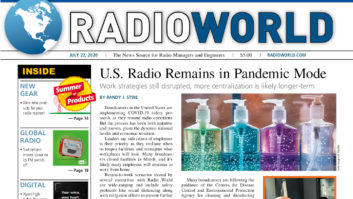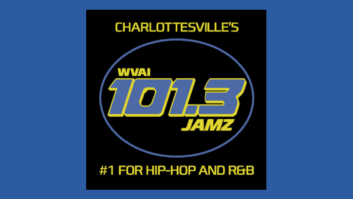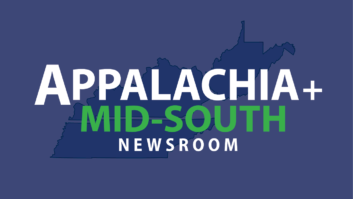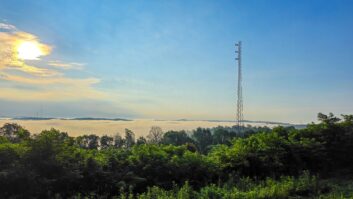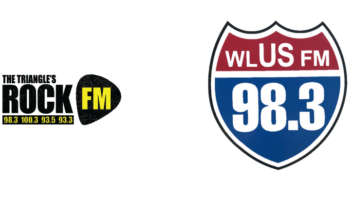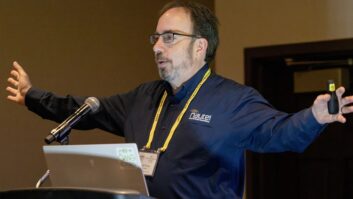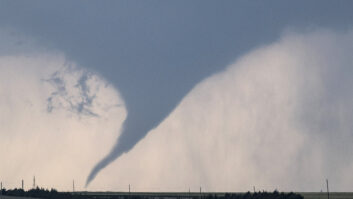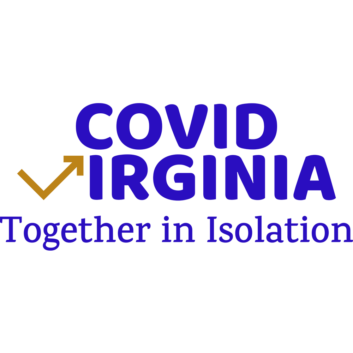 Beginning in early April and over 2-1/2 months, a group of volunteers produced “COVID Virginia,” a local format devoted to the impact of the pandemic in the communities of southwest Virginia. It aired full-time on George Flinn Jr.’s station WBZS(FM) in Shawsville, which serves the Roanoke area, and online at www.covidvirginia.com.
Beginning in early April and over 2-1/2 months, a group of volunteers produced “COVID Virginia,” a local format devoted to the impact of the pandemic in the communities of southwest Virginia. It aired full-time on George Flinn Jr.’s station WBZS(FM) in Shawsville, which serves the Roanoke area, and online at www.covidvirginia.com.
Bill Trifiro, a correspondent for NBC News Radio and the 24/7 News Network, helped lead the effort.
I can’t wait to meet most of the volunteers who worked on COVID Virginia.
I have spent hundreds of hours with them, but as I type this I can’t tell you what most of them look like. We formed COVID Virginia via emails and conference calls just as Governor Ralph Northam issued his first COVID-19 related executive order. It was an ambitious endeavor.
Together in Isolation
We decided to fill most day-parts with live and local hosts sharing their experiences through the pandemic and taking calls from residents who wanted to share theirs … all from our kitchens, bedrooms and basements while under the stay-at-home order.
Like many radio markets in America today, Roanoke has a couple of news/talk stations but only two locally produced talk shows, neither of which solicits phone calls. (That’s not an indictment. WFIR has one of the best newsrooms in the country, and to support it without going under, syndicated programming is the only way to survive.)
Historically Roanoke has been a railroad and retirement community. Though we hadn’t had a confirmed case of COVID-19 at the time, we knew that it was going to hit the elderly community especially hard, and we wanted to give residents a place where they could voice their concerns and feel together in isolation.
[Related: “Radio Is the Local Lifeblood of Brands During COVID-19”]
At first, we designed a decentralized model where each volunteer host would feed their show directly to a server that in turn would deliver audio online and directly to the terrestrial tower. The incredibly flexible Backbone Radio technology we were employing would make that possible, after the company graciously donated their platform to us for free during the pandemic.
The problem was time.
Commercial-free
We wanted to get programming going right away. To get all of the volunteer hosts the equipment they’d need and get them trained on the software would take days.
Flinn Broadcasting had just donated WBZS to our endeavor and we were eager to get on the air. To shorten the timeline Backbone Radio provided us a one-button connect, studio-grade audio app that people could load on their phones or computers. This would connect to a board op, who would feed the server/tower; that person was me.
We had no pretense that this was going to be a traditional broadcast. Dogs were going to bark, kids were going to come bursting into our makeshift studios; but we wanted to provide the highest-quality information and offer all of the functionality of a talker in a top 10 market.
iHeartMedia donated NBC News Radio newscasts and its 24/7 News source wire service. Local television stations WDBJ and WSLS donated early-morning and evening newscasts. And since no one was getting paid we’d do it all commercial-free.
After some shuffling of schedules, the volunteers got to work in two-hour shifts.
Up With the Sun
We’d get up early and run WDBJ 7’s newscast from 5 to 7 a.m. Then Ripley Johnson would host “COVID Quarantine Questions” from 7 to 9 a.m. For two-and-a-half months Ripley took a medical and inspirational approach to the issues of the day. Again, no one was getting paid; but Ripley missed only one broadcast — after falling down the stairs to her basement.
She was back on the next day; many would have been laid up for a week.
Our 9 to 11 a.m. time slot initially went unclaimed, so I dubbed it “potpourri” on the programming calendar. When Karl Roeper said he could take it on Tuesdays and Thursdays he quickly dubbed it “Karl’s Roeperi” and it stuck.
From 11 to noon we ran a live press conference, media briefing or a recent broadcast from the governor.
Our noon slot took a look at how COVID-19 was affecting area businesses and provided resources to listeners. Until this point, everyone on the air had at least some radio experience dating back to the 1980s or ’90s; but “Business at Lunch” was manned by two rookies to radio: regional business veterans John Philips and Mary Miller.
Mary liked to say that she wasn’t actually a rookie because she had read announcements in school. John had been a road warrior, and he had a passion for talk radio that I had thought doesn’t exist anymore. He led “Business at Lunch,” booking two, three and sometimes four guests per show. His planning exceeded that of most of the best producers I’ve met.
Hard-Won Experience
The 1 to 3 p.m. slot was held by one of the best voices in radio. Dale Bayless had left radio for teaching. He broadcast from his fortress of solitude, his kitchen, covering a gambit of COVID-19 topics, yet his greatest gift was the ability to put listeners in the shoes of students and young people trying to navigate the new normal.
One woman called in and told me that Dale could read the phonebook and she’d be glued to the radio.
Our afternoon show ran from 3 to 5 p.m., and the host was the glue of the group. I knew a fraction of our volunteers, but Rob Ruthenberg knew them all.
Rob, a broadcast veteran, was the first person I’d called when concocting this whole crazy idea; and before I knew it he had picked up the phone and filled every timeslot.
Like many in the entertainment world, he had had three jobs but then lost them all on the same day. The state and nation were shedding jobs by the thousands. Rob took this recent experience and walked listeners through the ins and outs of unemployment, the paycheck protection program and stories of those who lost their jobs or were on the frontlines and the fears and anxieties they were going through.
We’d run WSLS television news in the evening from 5 to 7 p.m. most nights. After 7 we’d air some virtual press conferences from around the New River Valley. Amy Westheimer would host “Happy Hour With Amy.” Geoff White hosted “Music Junction Friday nights.” Tyrique Nolen, a frontline worker, would host or participate in a variety of shows. Chad Snyder helped co-host the morning show and booked guests. I know I am missing many people who helped along the way.
When I envisioned my role I thought I’d host a long-form news program, but as we were blessed with a large number of volunteers, I settled into news duty on the station, board-op’ing and filling for volunteers who called out due to job interviews and all the things that came with COVID-19. It was an honor.
June Closing
I say it was an honor because after weeks on the air, we reached the end of the governor’s initial executive order. In the days leading up to June 10, we struggled with the idea of ceasing operation. After more than two months the shows had become habit for many of us and gave many something to look forward to; and Flinn Broadcasting had offered to let us continue past June 10.
However, COVID fatigue had set in. We had two state of emergency declarations inside of the COVID-19 emergency declaration; it became harder to discuss social distancing and masks when flooding was affecting our region and when racial inequity and protests dominated the headlines and streets.
Statewide, COVID-19 cases were on the decline, we had reached Phase 2 of our reopening plan, and dates to reopen schools had been established. The feedback from our volunteers was largely in favor of keeping to our charter; so at 11:59 p.m. Wednesday, June 10, WBZS turned back to a music format.
I am not sure what impact, if any, we had on our community. What I am sure of is that with a limited skill set, I did the best I could to help during the pandemic. I met some incredible people, albeit virtually. I am honored to call them friends, and I am proud of the work they did.
